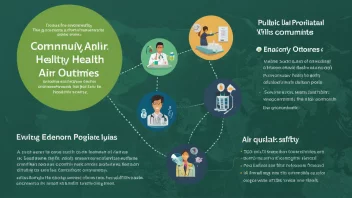Art therapy is a powerful tool that combines the creative process of making art with therapeutic techniques to improve mental health and well-being. As society continues to recognize the importance of mental health, art therapy has gained traction as an effective means of self-expression and healing. In this article, we will explore how art therapy can aid in mental health recovery, highlighting its benefits and the various ways it can be integrated into treatment plans.
1. Enhances Emotional Expression
One of the primary benefits of art therapy is its ability to provide a safe space for individuals to express their emotions. Many people struggle to articulate their feelings verbally, especially when dealing with trauma or mental health issues. Art therapy allows individuals to communicate through various forms of art, including painting, drawing, and sculpture. This non-verbal expression can lead to a deeper understanding of their emotions and experiences.
- Facilitates the expression of complex feelings.
- Encourages exploration of personal narratives.
- Helps in processing trauma and grief.
2. Reduces Anxiety and Depression
Engaging in creative activities has been shown to reduce symptoms of anxiety and depression. Art therapy provides a distraction from negative thoughts and feelings, allowing individuals to immerse themselves in the creative process. This engagement can lead to a sense of accomplishment and boost self-esteem, which is particularly beneficial for those struggling with mental health issues.
- Promotes relaxation and mindfulness.
- Offers a constructive outlet for stress relief.
- Encourages positive self-reflection and growth.
3. Fosters a Sense of Community
Art therapy can also promote social interaction and connection among participants. Group art therapy sessions create a supportive environment where individuals can share their experiences and feelings with others facing similar challenges. This sense of community can alleviate feelings of isolation and loneliness, which are common among those dealing with mental health issues.
- Encourages peer support and empathy.
- Facilitates communication and bonding through shared experiences.
- Helps individuals feel less alone in their struggles.
4. Improves Cognitive Functioning
Engaging in art therapy can have cognitive benefits as well. The creative process stimulates brain activity, enhancing problem-solving skills and cognitive flexibility. For individuals recovering from mental health issues, this can be particularly beneficial as it aids in rebuilding cognitive functions that may have been impaired.
- Encourages critical thinking and innovation.
- Enhances focus and concentration.
- Promotes memory retention through creative expression.
5. Provides a Unique Therapeutic Approach
Art therapy is distinct from traditional talk therapy in that it incorporates creativity into the healing process. This unique approach can be especially appealing to individuals who may not respond well to conventional therapeutic methods. By offering a different avenue for exploration and healing, art therapy can complement other therapeutic modalities and provide a holistic approach to mental health recovery.
- Integrates creativity with psychological healing.
- Can be tailored to individual preferences and needs.
- Allows for exploration of alternative therapeutic techniques.
In conclusion, art therapy offers numerous benefits for individuals seeking mental health recovery. By enhancing emotional expression, reducing anxiety and depression, fostering a sense of community, improving cognitive functioning, and providing a unique therapeutic approach, art therapy stands out as a valuable tool in the mental health field. As more research supports its efficacy, it is essential for mental health professionals to consider incorporating art therapy into their treatment plans, ensuring that individuals have access to diverse methods of healing and self-discovery.






